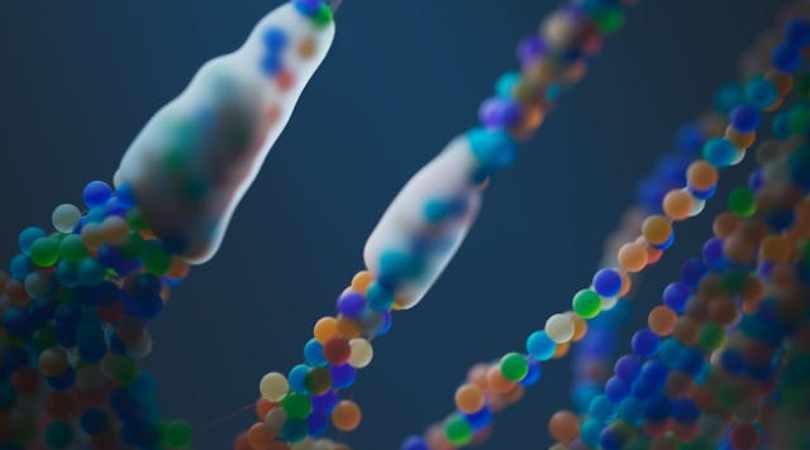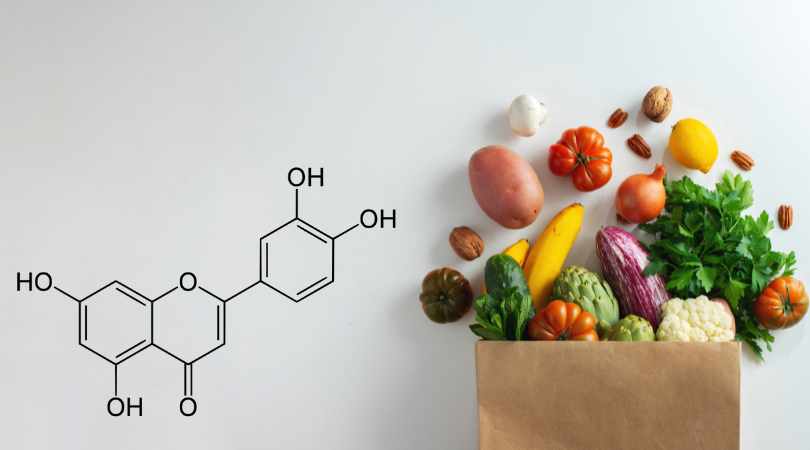Scientists have successfully restored the lost uricase enzyme, a key breakthrough in combating fructose-induced fat formation. This discovery offers new hope for preventing obesity and metabolic disorders by targeting how the body processes sugar and stores fat.
Limited Quantities Available! Order Today and Enjoy Free Shipping on Orders Over $100!
Mitochondria vs. Sugar: How to Protect Your Energy at the Cellular Level

If you feel like your energy is constantly running on empty, your mitochondria may be under attack — and sugar might be to blame.
The Powerhouse Under Siege
Mitochondria are often called the "powerhouses" of the cell for good reason: they generate the energy (ATP) that powers everything from muscle contraction to brain activity. But these tiny engines are surprisingly vulnerable — and one of their greatest enemies is excess sugar, especially fructose.
Unlike glucose, which can be used directly for energy, fructose is primarily metabolized in energy sensitive tissues like the liver and brain. There, it rapidly depletes cellular ATP, floods the body with damaging byproducts like uric acid, and leads to the accumulation of reactive oxygen species (ROS) — unstable molecules that corrode the mitochondria from the inside out.
Over time, this damages mitochondrial function and contributes to a wide range of modern diseases:
- Fatigue and poor exercise recovery
- Insulin resistance and metabolic syndrome
- Neurodegenerative conditions
- Even mitochondrial diseases and premature aging
The Vicious Cycle of Sugar-Induced Energy Loss

As mitochondrial health declines, your cells struggle to make energy efficiently. This creates a cruel feedback loop: low energy leads to cravings, especially for quick fuel like sugar. But every hit of sugar only deepens the mitochondrial dysfunction, leaving you more tired — and more dependent — over time.
This isn’t just about “too much sugar.” Even food sources that don't contain fructose — like high-glycemic carbs and alcohol — can trigger internal fructose production and perpetuate the damage.
How to Support Mitochondrial Resilience

Thankfully, nature has equipped us with powerful tools to protect these vital energy engines:
Luteolin
A naturally occurring flavonoid found in herbs and vegetables, luteolin has been shown in preclinical studies to:
- Inhibit fructokinase, the enzyme that drives harmful fructose metabolism
- Reduce mitochondrial oxidative stress
- Support mitochondrial biogenesis (the creation of new, healthy mitochondria)
- Improve insulin sensitivity — critical for efficient energy use
Tart Cherry Extract
Tart cherries are rich in anthocyanins, which help:
- Lower uric acid, a damaging byproduct of fructose metabolism
- Reduce inflammation that disrupts mitochondrial function
- Improve sleep quality, a crucial time for mitochondrial repair
Together, these compounds offer a powerful natural energy supplement approach — not by overstimulating the body, but by protecting the root of energy production.
Also Read - Luteolin as a Fructokinase Inhibitor: A Sensible Choice for Healthy Individuals and Athletes?
Conclusion: Reclaim Your Cellular Energy
Modern life bombards us with hidden sugar triggers that sap our energy at the cellular level. But by targeting the mitochondrial damage at the heart of the problem, we can begin to restore natural vitality.
Protect your mitochondria. Block the damage. Reclaim your energy. That’s the power of becoming fructose-aware — and why we created SugarShield.
Disclaimer: The information in this blog reflects personal opinions, experiences, and emerging research. It is not intended as medical or professional advice and should not replace consultation with qualified professionals. The accuracy of this content is not guaranteed. Always seek guidance from a licensed expert before making any health-related decisions.


Chris | 🔬 Founder of LIV3 Health
⚡ A keen researcher dedicated to uncovering the root causes of metabolic dysfunction, the key driver of chronic conditions behind 70% of global deaths. His findings led to science-backed, natural solutions designed to inhibit fructose metabolism.
📢 Follow me on Reddit for insights on metabolic health and the future of wellness! -






